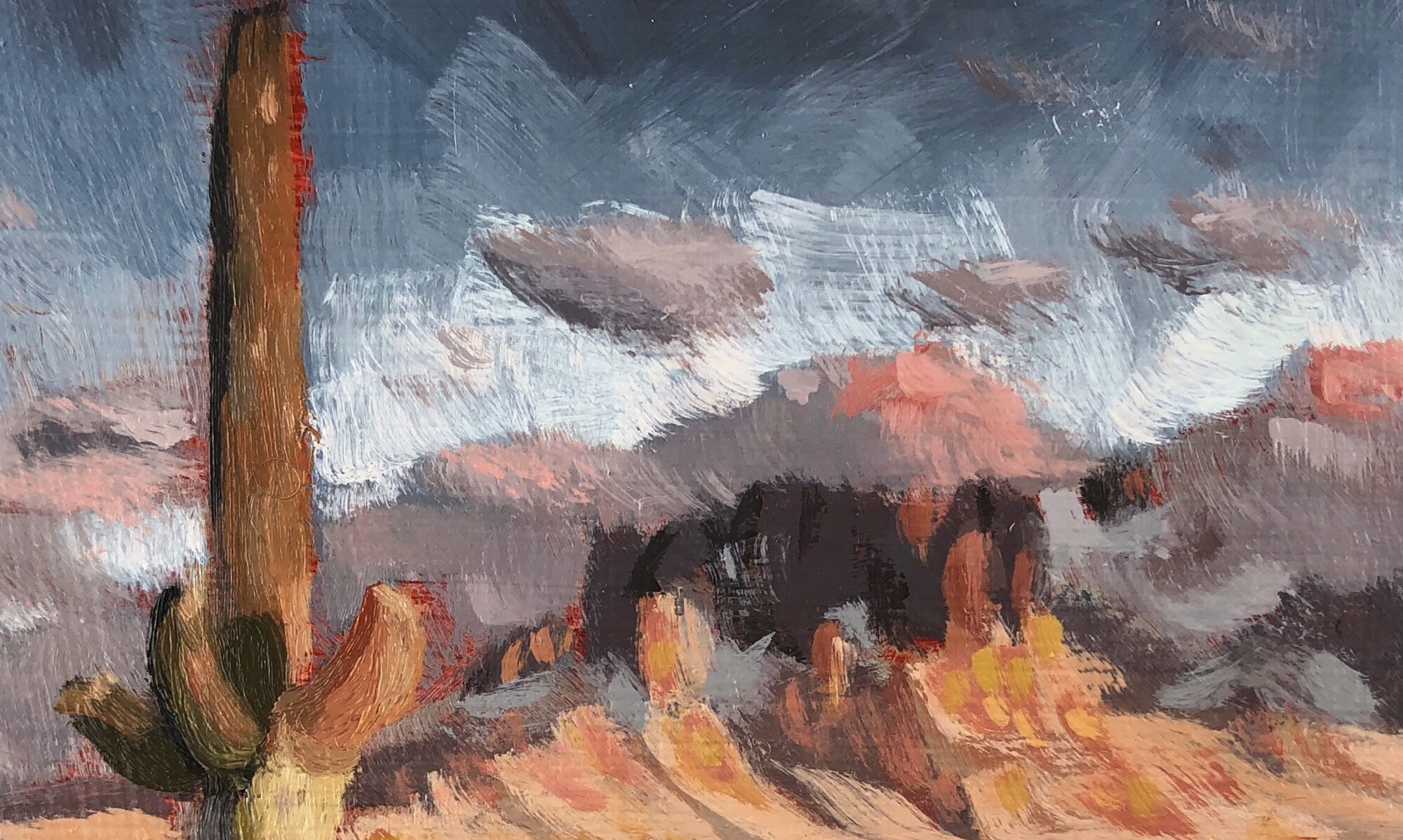Today we will discuss Monochrome oil painting and how it can help you learn to oil paint faster.
Monochrome paintings have a long history. They’ve been used for the foundation of transparent glazing and for underpaintings of opaque oil paintings.
But they can also stand alone as finished works of art.
Most monochrome paintings are created with just one pigment plus white. But you can also use a reductive approach and leave out the white.
For the reductive approach you will need to use an oil primer or non absorbent acrylic primer, like that from Michael Harding. Gesso is too absorbent to wipe back to the original white.
Now let’s discuss how monochrome painting can accelerate your oil painting skills, because that’s why you’re probably here.
First, monochrome paintings can help your opaque color paintings be more successful. By working out the composition, drawing, and values in one pigment, it enables you to paint with more confidence when you add color.
Second, monochrome painting can help you master brushwork and manipulating paint because you don’t have to worry about mixing color. This can help you get the feel for how oil paint handles much more quickly.
In fact, most traditional painting schools have students start with graphite and charcoal first and when they finally graduate to using paint, it is usually monochrome painting.
By focusing on just one pigment, you can master values and putting paint exactly where you want it, without having to struggle with color mixing as well.
As an added bonus, it can save you tons of money. Many people cite expense as a barrier to learning oil painting. By using one pigment, say, burnt umber, you can learn oil painting for a fraction of what a full palette would cost.
You can get a 37ml tube of M Graham burnt umber for under $10.
Stay tuned for the next article on painting on a budget.
What pigment do you like for monochrome paintings?
Let me know in the comments. I’d love to hear from you and help you on your painting journey.
Stop back tomorrow, and everyday, for more tips.
Stay inspired,
Bry


